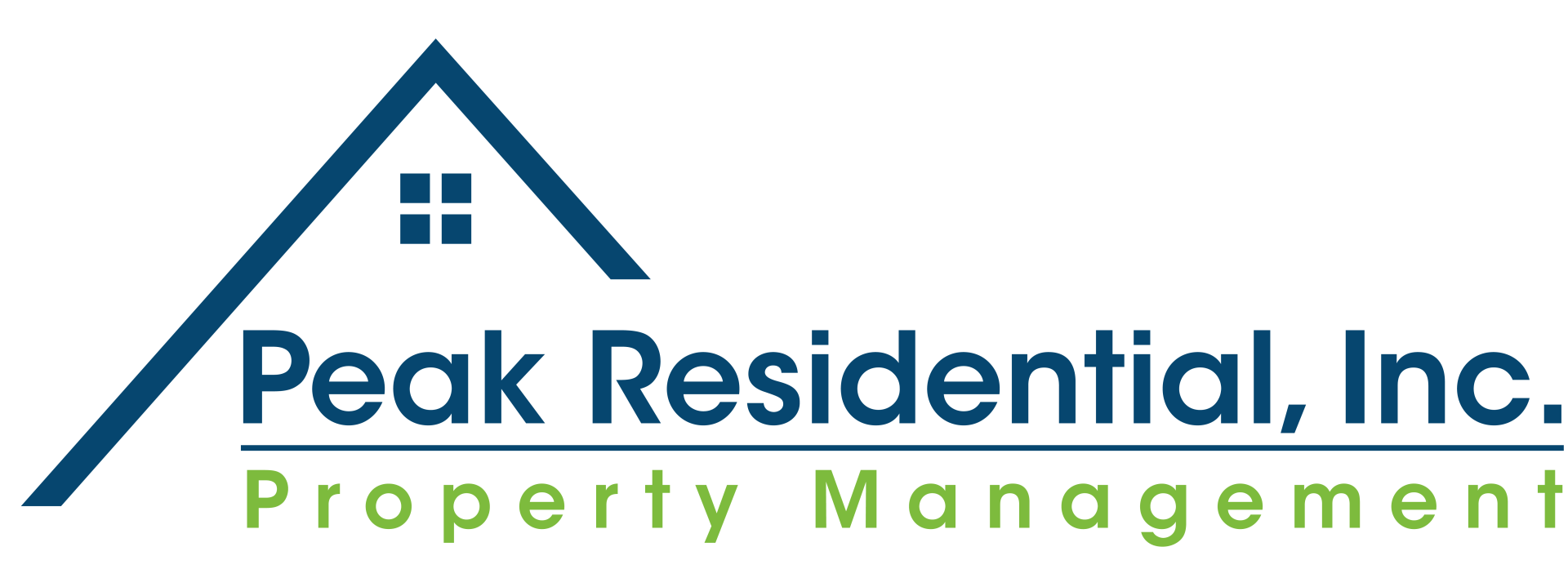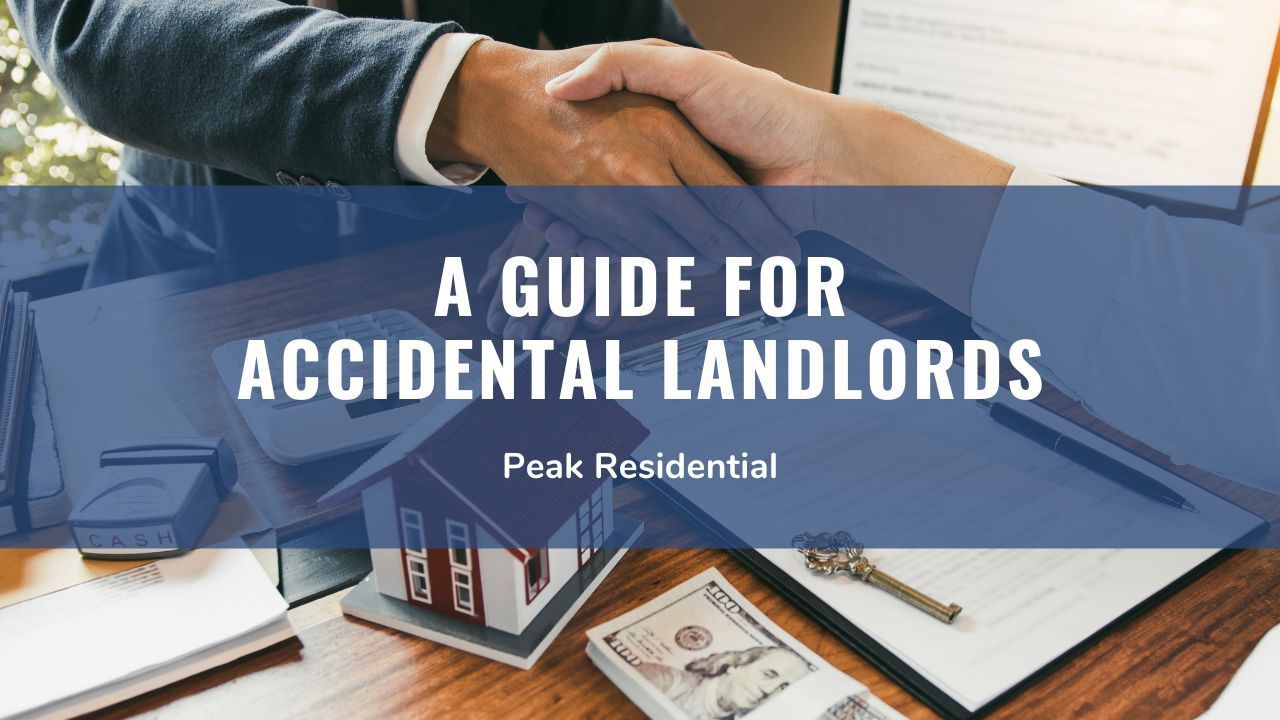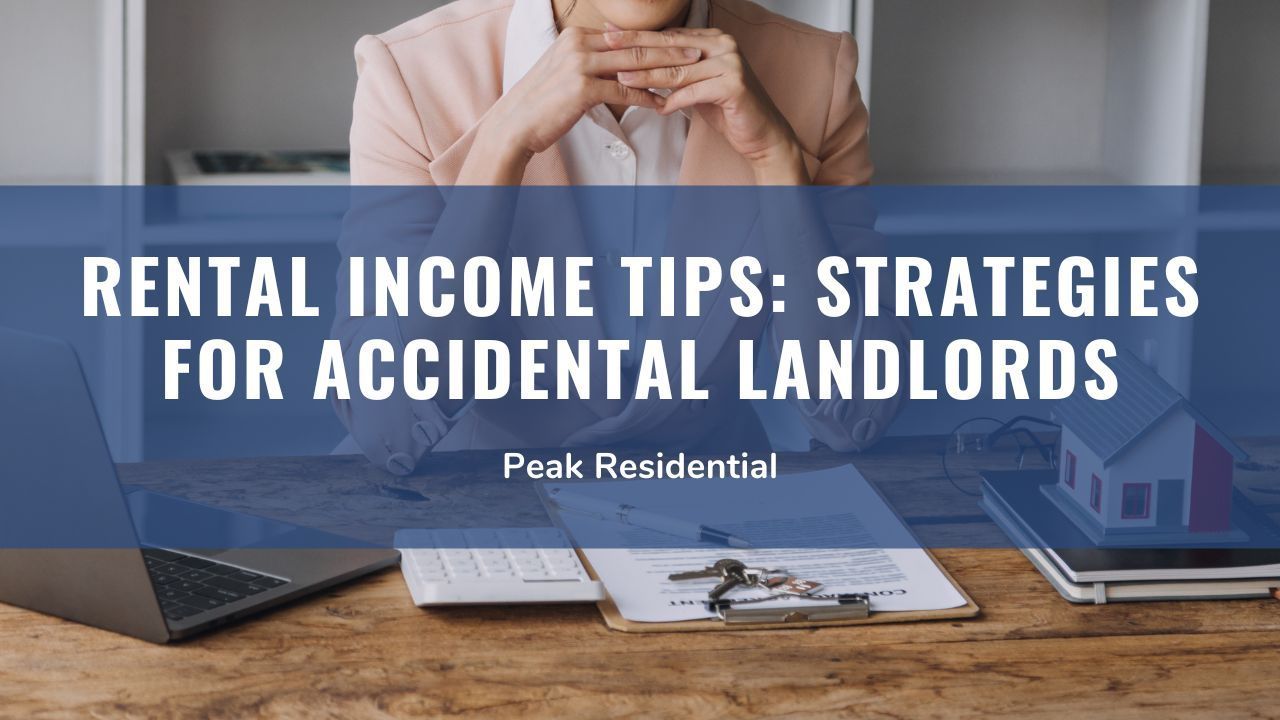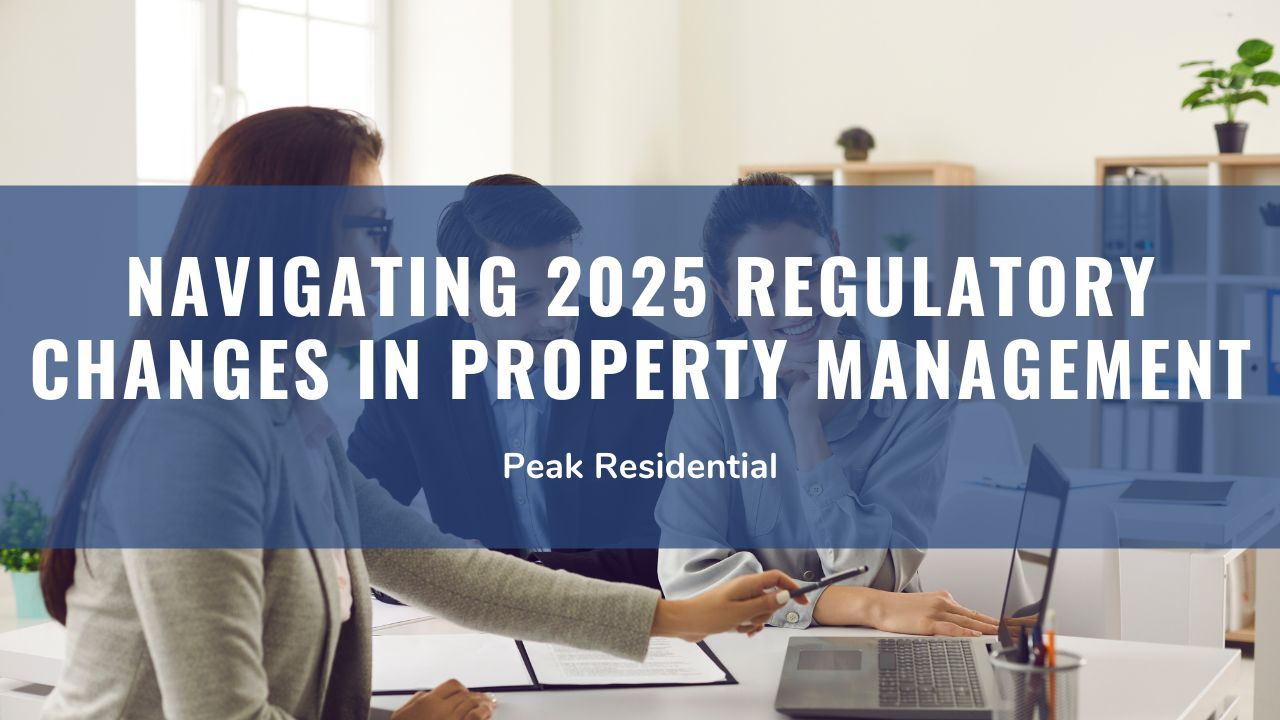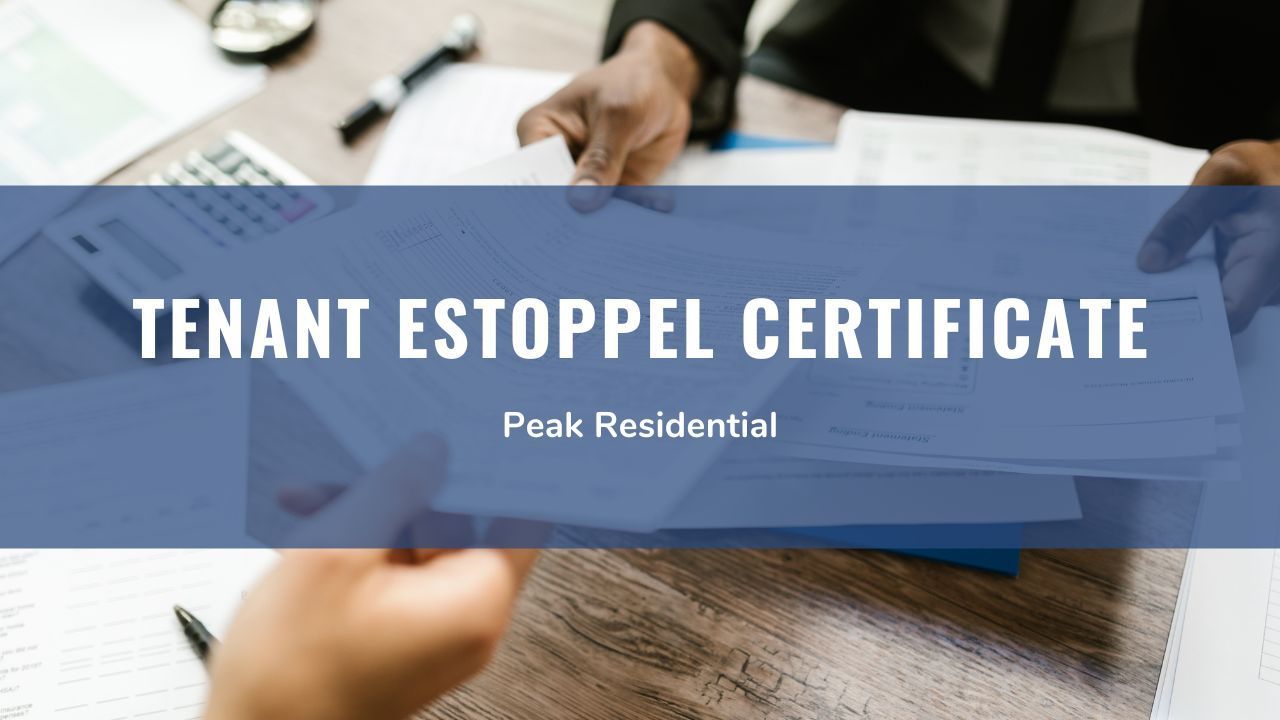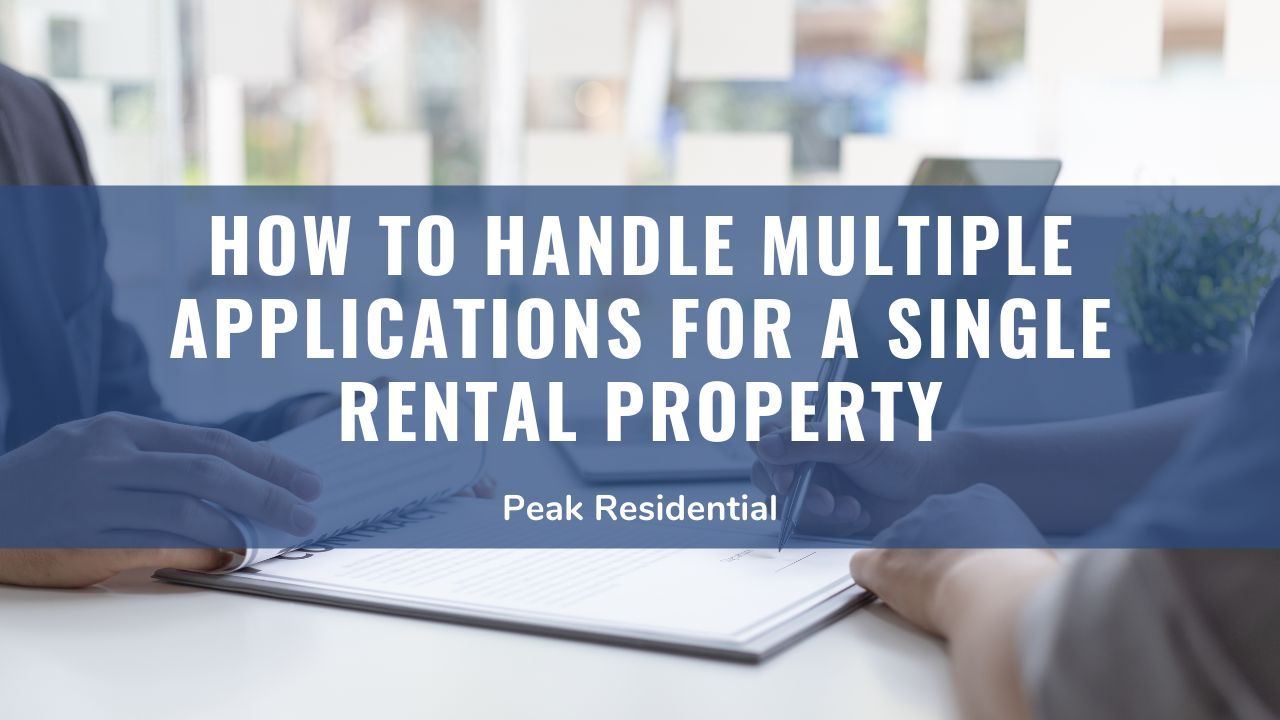Key Takeaways
- Stay Organized Year-Round: Track rental income and expenses consistently, and use bookkeeping tools to make tax time stress-free.
- Maximize Your Deductions: Know which expenses qualify—like repairs, mortgage interest, and depreciation—to reduce your taxable income.
- Get Professional Support When Needed: A tax advisor or property manager can help you stay compliant and ensure you don’t miss valuable savings.
Tax season is a crucial time for rental property owners. Whether you manage a single-family home or a portfolio of multi-unit rentals, proper tax planning can help you take full advantage of deductions and avoid missing out on valuable savings.
Yet for many landlords—especially those new to managing rental income and expenses—tax season can bring confusion and stress.
In this guide from Peak Residential, Inc., we’ll go over key tax tips to help you stay organized, minimize your tax liability, and file with confidence.
Understanding Rental Income
As a landlord, all rental payments you receive from tenants are considered taxable income. This includes monthly rent payments, but it doesn’t stop there.
You also need to report any additional fees or payments you receive, such as:
- Security deposits that you keep
- Pet fees
- Late fees
- Lease cancellation fees
- Services provided in lieu of rent (such as a tenant performing repairs or maintenance)
Even if a tenant pays you in cash or via app-based payment platforms, it all counts as income and should be documented properly.
Keep Meticulous Records
The easiest way to simplify tax time is to stay organized throughout the year. Track all income and expenses related to your rental properties as they happen. Save receipts, invoices, utility bills, and any other documents related to property maintenance, repairs, and upgrades.
It’s also helpful to use bookkeeping or accounting software tailored to property management. These tools allow you to generate
financial reports, categorize expenses, and prepare summaries that make filing taxes more straightforward.
Know the Common Landlord Tax Deductions
Tax deductions reduce your taxable rental income, which means you pay less in taxes. There are many allowable deductions that landlords often overlook simply because they don’t know they qualify.

Some of the most common include:
- Mortgage Interest: If you have a mortgage on your rental property, you can deduct the interest portion of your loan payments.
- Property Taxes: Local property taxes are fully deductible from your rental income.
- Repairs and Maintenance: Costs for fixing a leaking roof, repainting a unit, or repairing appliances are deductible. However, it’s important to distinguish repairs (deductible in the same year) from improvements (which must be depreciated over time).
- Depreciation: This is one of the most valuable tax benefits for landlords. You can deduct the cost of the building (not the land) over a period of 27.5 years, even if the property is appreciating in market value.
- Insurance: Premiums for landlord insurance, liability policies, and fire or flood protection are all deductible.
- Utilities: If you pay for any utilities on behalf of the tenant, such as water, gas, or electricity, those expenses are deductible.
- Professional Services: Fees paid to attorneys, accountants, and property management companies are deductible.
- Differentiate Between Repairs and Capital Improvements
One of the most confusing aspects of rental property taxes is knowing the difference between a repair and an improvement.
Repairs vs. Capital Improvements
Repairs are necessary to keep the property in its current condition and are usually tax-deductible in the year the expense occurred. Examples include fixing a broken window or patching a roof leak.
Improvements, on the other hand, are upgrades that enhance the property’s value or extend its useful life. Examples include remodeling a kitchen, adding a new bathroom, or installing a new roof. These expenses are not deductible all at once but must be depreciated over several years.

Knowing the difference is important because misclassifying improvements as repairs can lead to issues with the IRS. When in doubt, it’s best to consult with a tax professional.
Understanding Depreciation
Rental depreciation allows you to recover the cost of wear and tear on your rental property over time. You cannot depreciate land, but you can depreciate the building itself, along with certain improvements made to the property.
For residential properties, the IRS allows you to depreciate the building over a period of 27.5 years. For example, if the value of the structure is $275,000, you could deduct $10,000 per year for 27.5 years.
In addition to the building, you may also depreciate major appliances, carpeting, and certain upgrades separately, depending on their useful life. Keeping track of depreciation schedules can be complicated, so this is another area where professional help is beneficial.
Passive Activity Rules
The IRS classifies rental property as a passive activity, which has specific rules regarding losses. Generally, you can only deduct passive losses against passive income. However, there’s an exception for landlords who actively participate in managing their properties.
If you’re involved in decisions like setting rental terms, approving tenants, and managing maintenance, you may be able to deduct up to $25,000 in rental losses from your other income.

This deduction phases out if your adjusted gross income exceeds $100,000 and disappears entirely at $150,000. If you’re a real estate professional or work more than 750 hours a year on your rental properties, you may also qualify for additional deductions.
Use the Right Tax Forms
If you hire independent contractors to perform services for your property, such as plumbers, electricians, or handymen, you are required to issue IRS Form 1099-NEC if you paid them $600 or more during the year.
To do this correctly, be sure to collect a completed W-9 form from each contractor before paying them. This step ensures you have the correct taxpayer information when it’s time to file.
Similarly, if you work with a property management company, they should provide you with a year-end financial report or a
1099-MISC form if they collected rent on your behalf.
Set Aside Money for Taxes Year-Round
One of the biggest mistakes self-managing landlords make is failing to plan for taxes. Unlike W-2 employees who have taxes automatically withheld, rental income does not come with automatic deductions. This means you’ll likely owe estimated quarterly taxes to the IRS.
Setting aside a portion of your rental income each month helps ensure you have funds available when taxes are due. Some landlords find it helpful to open a separate savings account for tax obligations to avoid spending the money elsewhere.
Bottom Line
Filing taxes as a landlord doesn’t have to be overwhelming. By following the right strategies, you can approach tax season with clarity and confidence.
Want a smoother tax season? Partnering with a property management company like Peak Residential, Inc. can help. We’ll assist with financial reporting, compliance, and maximizing your deductions—so you can focus on growing your investment.
